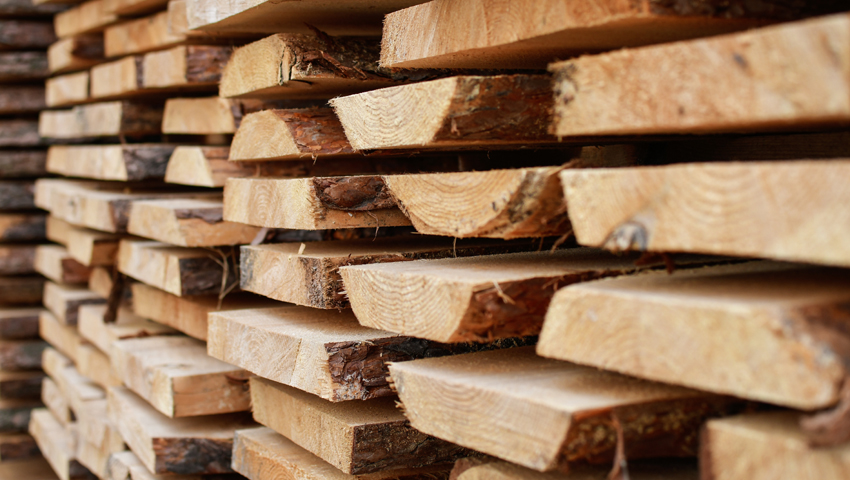In 2024, European softwood industries have been adversely affected by geopolitical tensions and a slowdown in globalisation, according to Marco Fortis, who opened the 72nd International Softwood Conference in Taormina, Italy, last week.
The conference drew over 200 delegates from more than 20 countries.
The first day was packed with sessions about the market trends, and focussed not just on European markets, but on North America, China, Japan, MENA, India, Australia and New Zealand.
While regional differences are significant, 2024 has been a challenging year for the softwood industry across the world. The big question mark is whether the market has bottomed out and 2025 can be the year of recovery.
After peaking in 2021, softwood production has significantly fallen over the last few years to adjust to the demand decline. If forecasts for 2024 are confirmed, at the end of the year production will be 12 per cent lower than in 2021, while in 2025 production is expected to grow by 2-3 per cent.
Morten Bergsten, Vice-President and Softwood Chairman of European Timber Trade Federation (ETTF), and Herbert Jöbstl, President of EOS, delivered similar messages in their presentations from their respective vantage points of user and producer.
They agreed that production in the sector has been curtailed to accommodate weak demand. Sawn softwood prices have sharply declined from the peaks observed during 2021 and 2022. This is mainly due to the downfall of the construction sector. However, they said, there might be light at the end of the tunnel. Interest rates have started falling across the world, which might trigger an upturn in the construction sector, which would be vital for sawmillers and traders alike. However, recovery is expected to be sluggish at least in the short-term.
In his presentation, Jöbstl showed that the availability of raw materials has reached record low levels across Europe. At the same time, logs prices have reached record high levels in the Nordic countries, which is denting profitability of the sector. When demand resumes, there is a risk of logs prices being structurally too high. The industry is investigating possible solutions that might increase efficiency, including a further increase of log yield, automation and AI solutions.
Bergsten forcefully emphasised that EU sanctions on the Russian and Belarusian wood products should be respected by all players in the woodworking industry, which strongly condemns the residual imports of such products via third countries.
European and North American presenters alike stressed that costs have shot up remarkably over the last few years.
A panel on the second day saw exchanges on the wider role that forests will play in the future.
Panellists stressed that long-term projections concur in predicting an increasing demand for roundwood as wood-based products will be an important part of the efforts to decarbonise the European economy. At the same time, there might be challenges in meeting this demand as the supply of wood from forests is not expected to grow considerably due to a number of factors including forests disturbances and political decisions.
A second panel discussion was about the building sector. While the overall construction market is not doing well, wood as a building material has achieved a good market share in some European countries over the last few years.
The potential of wood products in decarbonising the built environment were stressed by panellists as well as its many other qualities which make wood an attractive material to build. Challenges remain when it comes to scaling up solutions and further mainstreaming the know-how on how to build with wood.
A third panel discussion consisted in a thorough assessment of the EU Deforestation Regulation in the light of recent political developments.
Discussion focussed on the challenges that remain despite the announcement of a possible one-year delay (pending approval of the EU Parliament). Uncertainties are still present due to the complexity of integrated supply chains such as the wood-furniture sector. Forest owners, traders, wood and furniture industries are working together and in consultation with the relevant national competent authorities to enable the application of such an ambitious Regulation.
